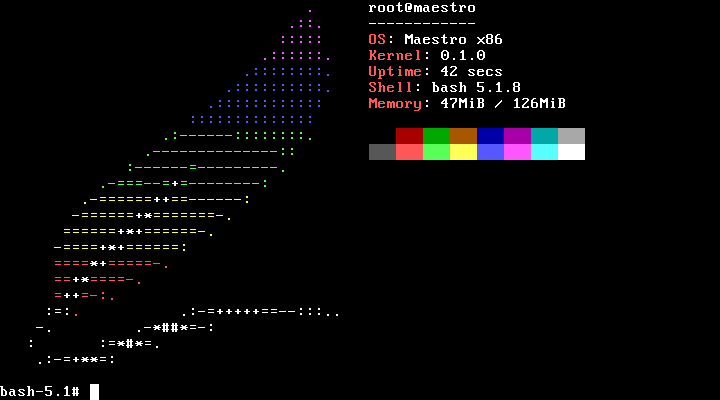Enter Maestro, a unix-like monolithic kernel that aims to be compatible with Linux in order to ensure wide compatibility. Interestingly, it is written in Rust. It includes Solfége, a boot system and daemon manager, maestro-utils, which is a collection of system utility commands, and blimp, a package manager. According to Luc, it’s creator, the following third-party software has been tested and is working on the OS: musl (C standard library), bash, Some GNU coreutils commands such as ls, cat, mkdir, rm, rmdir, uname, whoami, etc… neofetch (a patched version, since the original neofetch does not know about the OS). If you want to test it out, fire up a VM with at least 1 GB of ram.



It kinda really pioneered its particular kind of memory management. There’s some theoretical ancestry involving ML-based research languages with region typing, stuff like this, but those are ultimately quite different. The rest of the type system is basically a cut-down Haskell (Hindley-Milner with qualified types (typeclasses/traits)), with some minor titbits and fiddling.